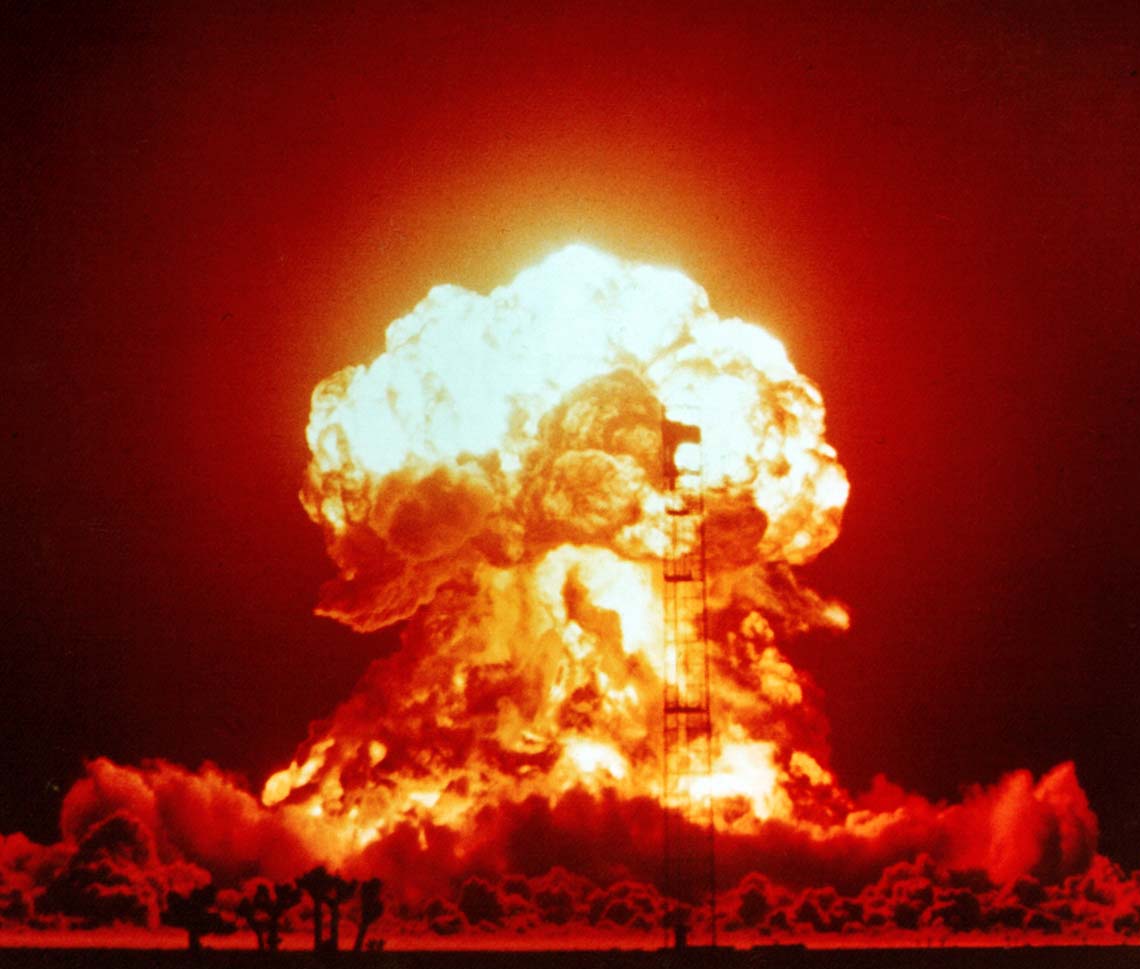Our next World Team Now post will hopefully lift you up from the radiation leaking, the recent oil spill and a typhoon.
The reality is that the global situation from Fukushima seems to go from bad to worse. With new continuous leaks of massive amounts of radioactive water into the ocean and radiation that has now gone into the earth, and the ground water table too, when is it enough?
In addition to reactor #1-#3’s meltdown, there was an explosion by reactor building #4 that ruptured a tank, and now it is said that the oil spill is leaking by reactor’s #5 & #6. These last two reactors are the only nuclear reactors left that are potentially functional, but they are now in a nuclear “dead zone”. So why not entomb the entire plant, as maintenance at #5 and #6 will continuously threaten workers maximum exposure, and remain complicated.
Plus there is more with this situation that we had not even considered like the past week’s typhoon’s which fortunately was downgraded to a tropical storm, so the wind and rain damage was minimal, and with the recent oil spill on site it doesn’t help now to have to determine if the oil is radioactive. What more is at risk one may consider? Further detonation of radioactive materials into the atmosphere, and nuclear criticality with a chain reaction from the radioactive materials– is what we hope to prevent.
But will it take a greater catastrophe for humanity to wake up to the consequences of the choices we are making for our future? Can we change our value structure in time? Sadly, it seems that it is easier to turn a blind eye now to these possibilities and ignore the situation. The draft report of UN’s week long inspection shows there was much at fault from TEPCO with the situation at Fukushima, as they did not follow the “play book of rules”.
It’s not easy to move on from grief realizing the impacts of the nuclear situation with the Fukushima radiation. Added to the existing polluted air and contaminated water, radiation further affects our drinking water and food. It is hard to reconsider what we drink and eat now—where it comes from—to make this inquiry part of our daily eating habits to consider.
The nuclear situation at Fukushima continues to get worse, if you want to read about the positive look to our next post coming soon.





